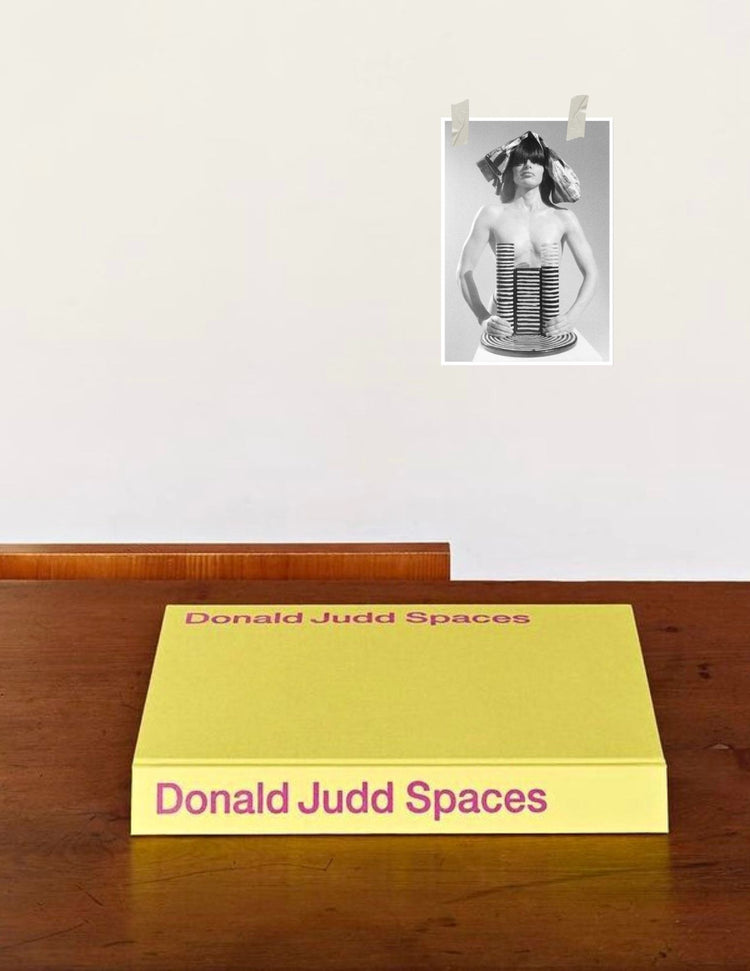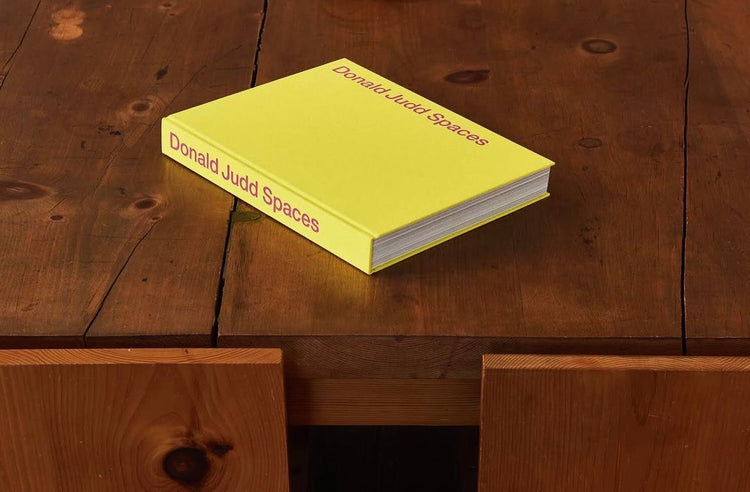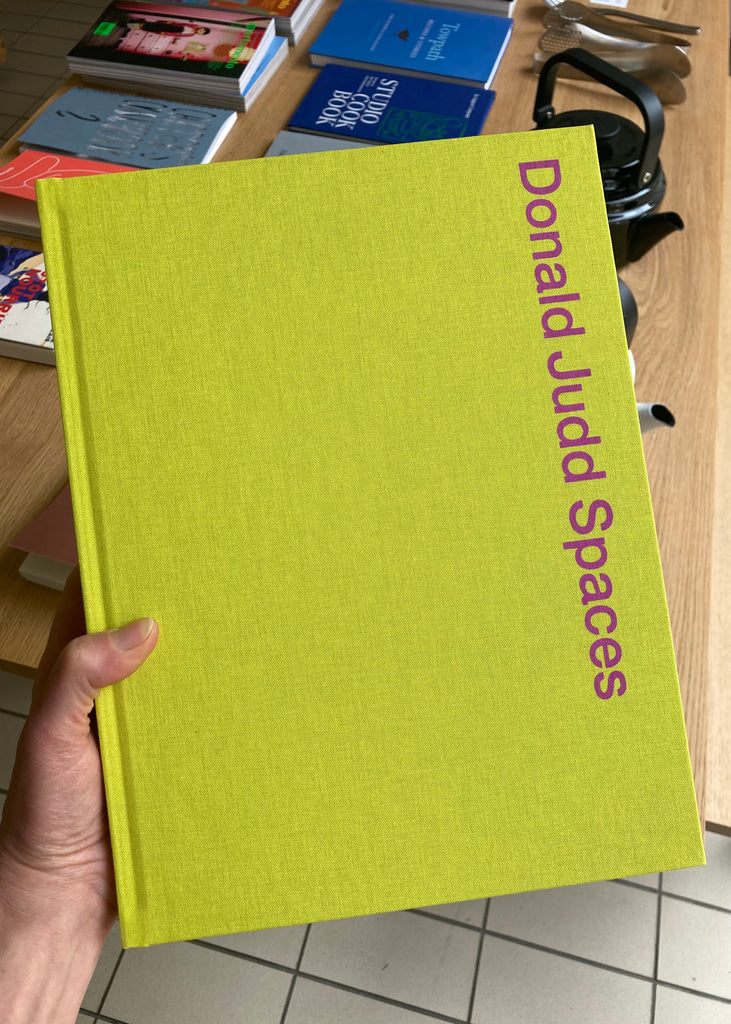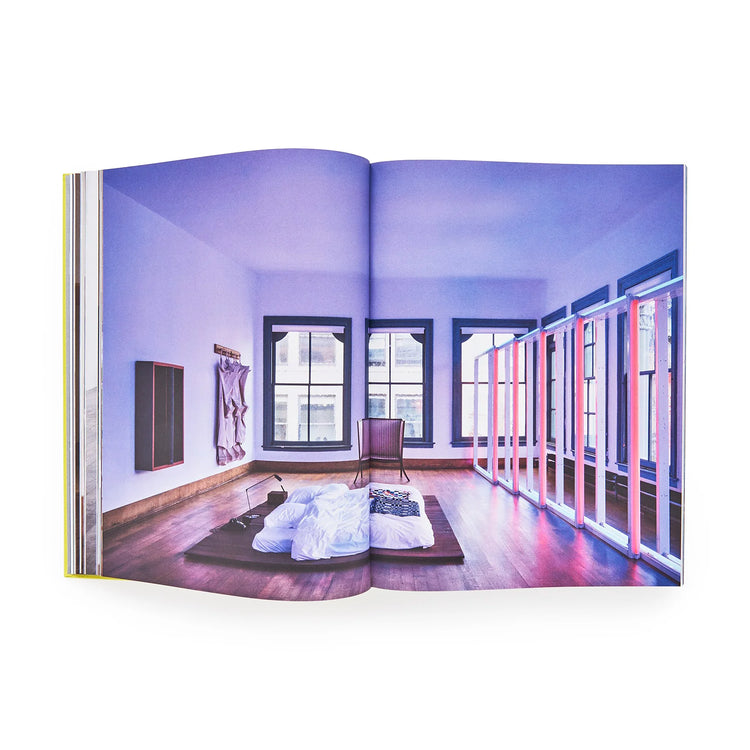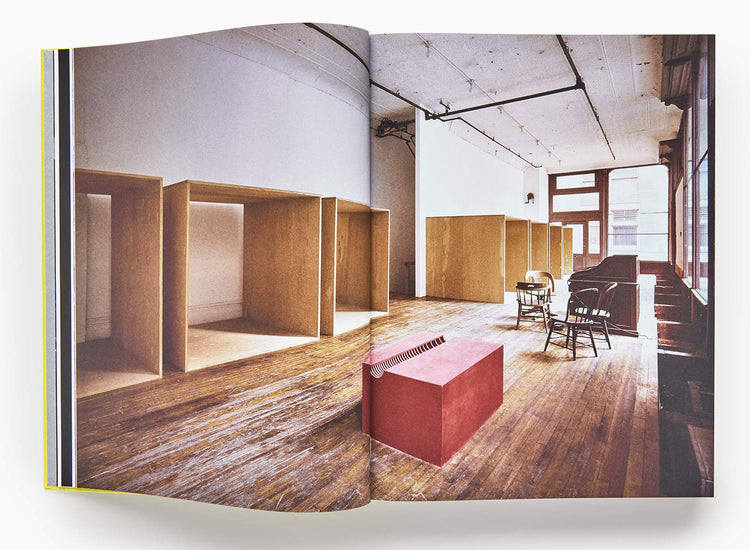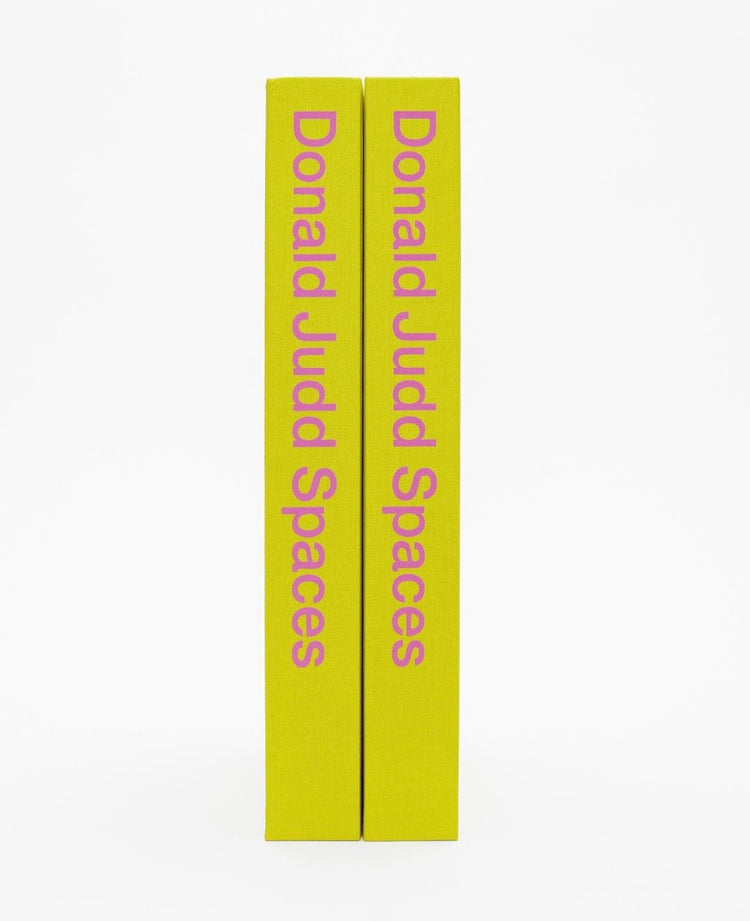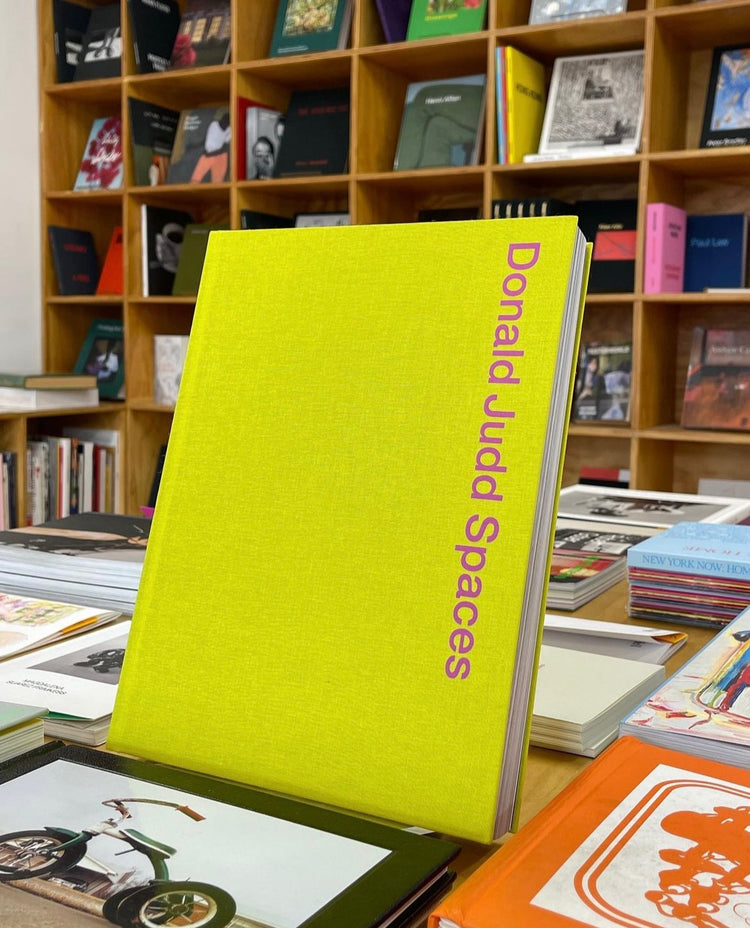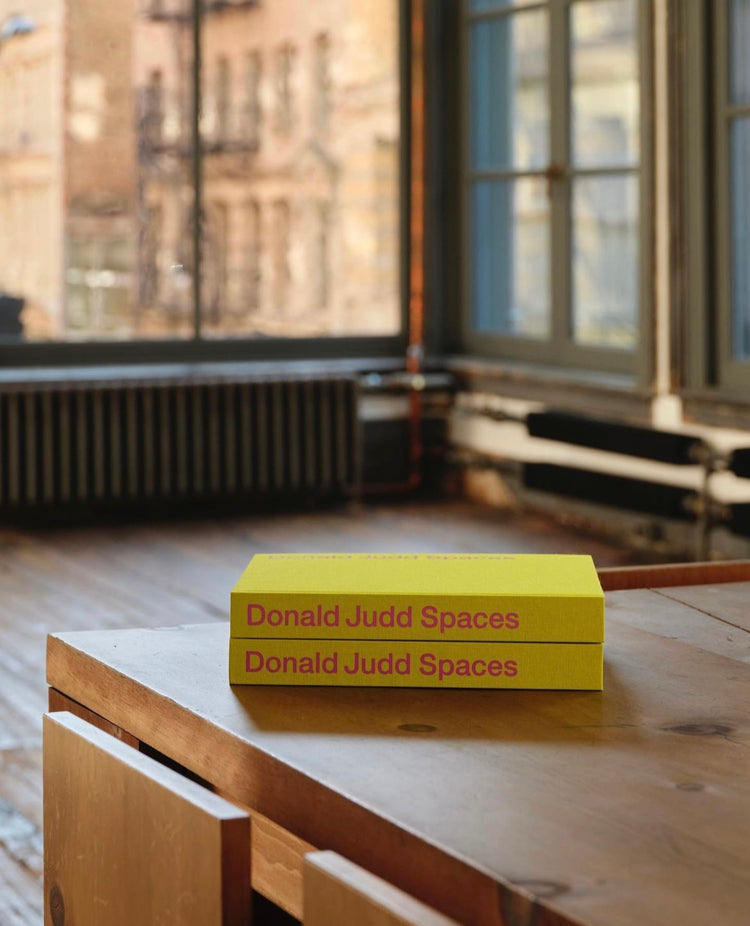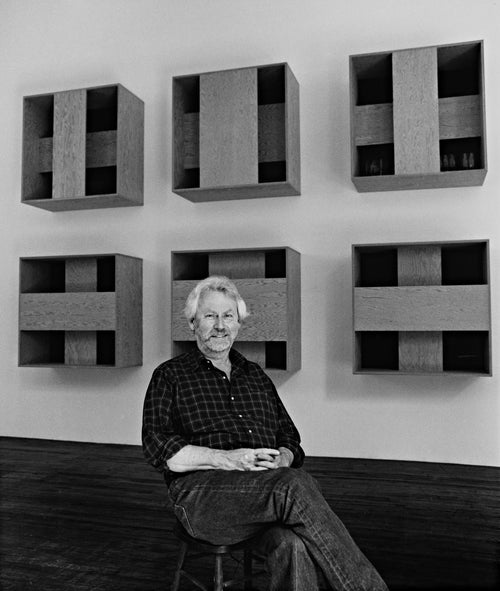
about the designer
Donald Judd was an American artist, whose rejection of both traditional painting and sculpture led him to a conception of art built upon the idea of the object as it exists in the environment. Judd's works belong to the Minimalist movement, whose goal was to rid art of the Abstract Expressionists' reliance on the self-referential trace of the painter in order to form pieces that were free from emotion. To accomplish this task, artists such as Judd created works comprising of single or repeated geometric forms produced from industrialized, machine-made materials that eschewed the artist's touch. Judd's geometric and modular creations have often been criticized for a seeming lack of content; it is this simplicity, however, that calls into question the nature of art and that posits Minimalist sculpture as an object of contemplation, one whose literal and insistent presence informs the process of beholding.












